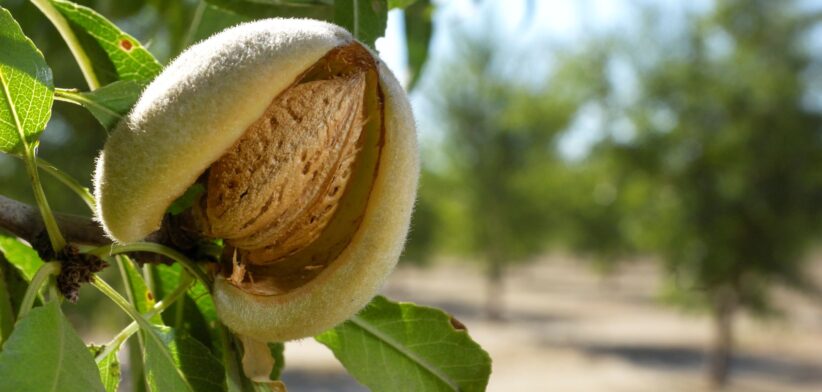Rising Asian demand is boosting Australia’s horticulture industry, as water security issues loom large for key crop.
ANZ latest Agri lnFocus report predicts the sector’s gross value will hit $19 billion this financial year.
ANZ Executive Director of Agribusiness Insights Michael Whitehead said export earnings were projected to reach $4.4 billion, marking a continued streak above the $4 billion threshold, with Asian markets driving much of the growth.
“The gross value of Australian horticulture production is forecast to rise from $18.2 billion in 2024-25 to $19 billion in 2025-26, surpassing the cattle and wheat sectors in value,” Mr Whitehead said.
He said, however, climate pressures in addition to global competition and shifting market dynamics presented complex challenges.
“Whether it’s almonds, grapes, citrus or cherries, Australian produce is earning a strong reputation for quality in the world’s fastest-growing markets.
“Maintaining that edge will require constant investment in water, labour and biosecurity, as well as a sharper focus on efficiency and innovation across the supply chain.”
Mr Whitehead said Almonds remained Australia’s strongest horticultural export, with China and India accounting for the bulk of shipments.
“Australia is now the world’s second-largest almond producer, though water constraints could limit future expansion.”
He said table grapes were also regaining momentum, driven by demand in China, Vietnam and Indonesia, while citrus growers were enjoying one of their strongest runs in years, with mandarins at record export volumes.
“Vegetables such as carrots, onions and leafy greens are consolidating market share in Southeast Asia, supported by reliable shipping, shorter transit times and Australia’s strong reputation for food safety.”
Mr Whitehead said labour availability had improved since the pandemic, supported by the Pacific Australia Labour Mobility scheme, although wage costs remained elevated.
“Fertiliser and energy costs have eased from their 2022 peaks but are still higher than pre-COVID levels.”
He said globally, the outlook for Australian horticulture was being shaped by rising middle-class demand in Asia, while intensifying competition from countries including Chile, Peru, South Africa and the United States presented growing challenges.
“Biosecurity threats such as fruit fly and varroa mite, as well as climate variability, remain pressing risks.”








